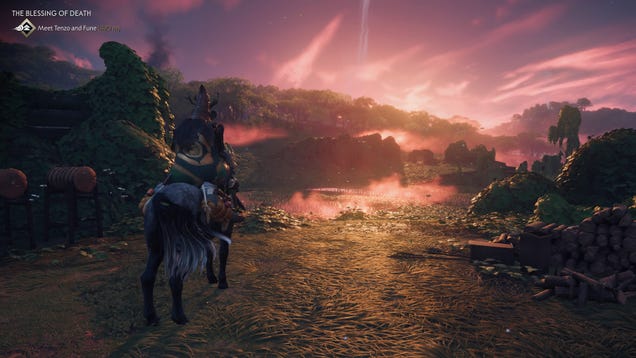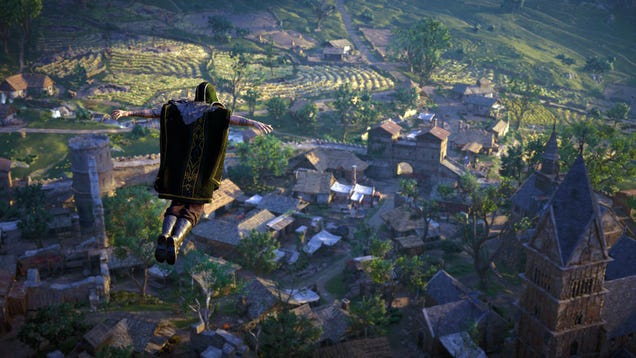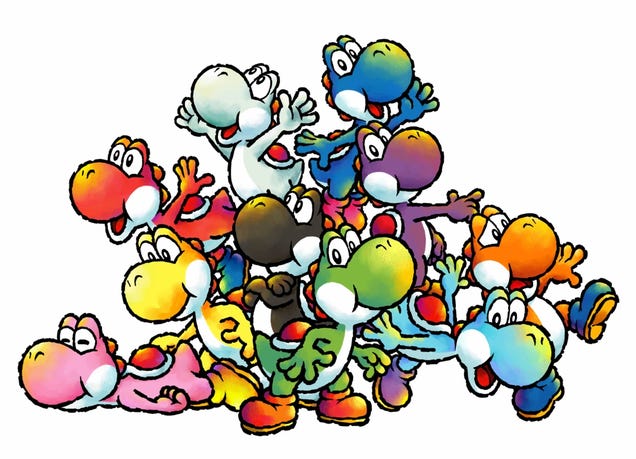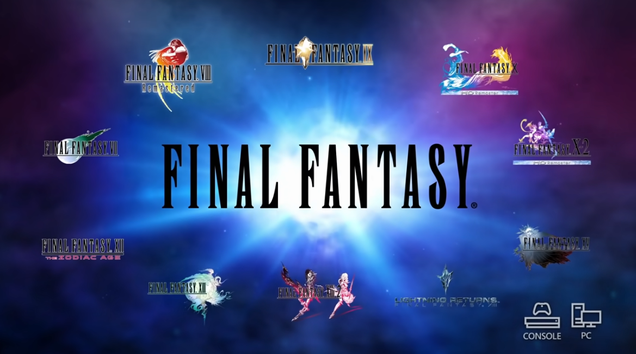
Of all the features announced for the PlayStation 5 version of Ghost of Tsushima’s new director’s cut—bullet points like “DualSense wireless controller haptic feedback” and “dynamic 4K resolution targeting 60 fps”—the one that most caught my attention was “lip sync for Japanese voiceover.”
See, when marketing the game’s original release last year, developer Sucker Punch revealed “Kurosawa mode,” an apparent effort to demonstrate that, despite being a western studio, it was taking the responsibility that comes with telling a story set in Japan’s past seriously. Named for the brilliant Japanese filmmaker Akira Kurosawa, who made a number of legendary samurai epics, this mode combined a Japanese dub with a black-and-white filter and audio tweaks meant to mimic the sound of 1950s TVs. However, the conspicuous lack of Japanese lip sync meant that, particularly in close-ups, any potential sense of authenticity was lost.
That’s thankfully no longer an issue in this director’s cut, but the larger reason why invoking Kurosawa’s name was a significant overreach remains. Ghost of Tsushima is a decent enough open-world game, but it lacks the spark of true inspiration or daring that would set it apart from its peers. As a result, it also lacks the distinctive character and greatness of Kurosawa’s best films.
The director’s cut brings with it a new area, the island of Iki, and a new questline that ties in to protagonist Jin Sakai’s past and his ongoing struggle to define himself after the Mongol invasion destroyed his old life. And, just like the core game, this expansion is...fine. If you were left wanting more Ghost of Tsushima, Iki island is exactly that, no more and no less. The new content here doesn’t stand out meaningfully from anything in the main game, so it’s also not a compelling reason to come back to Tsushima if you haven’t been pining to return.
Read the full article on Kotaku









